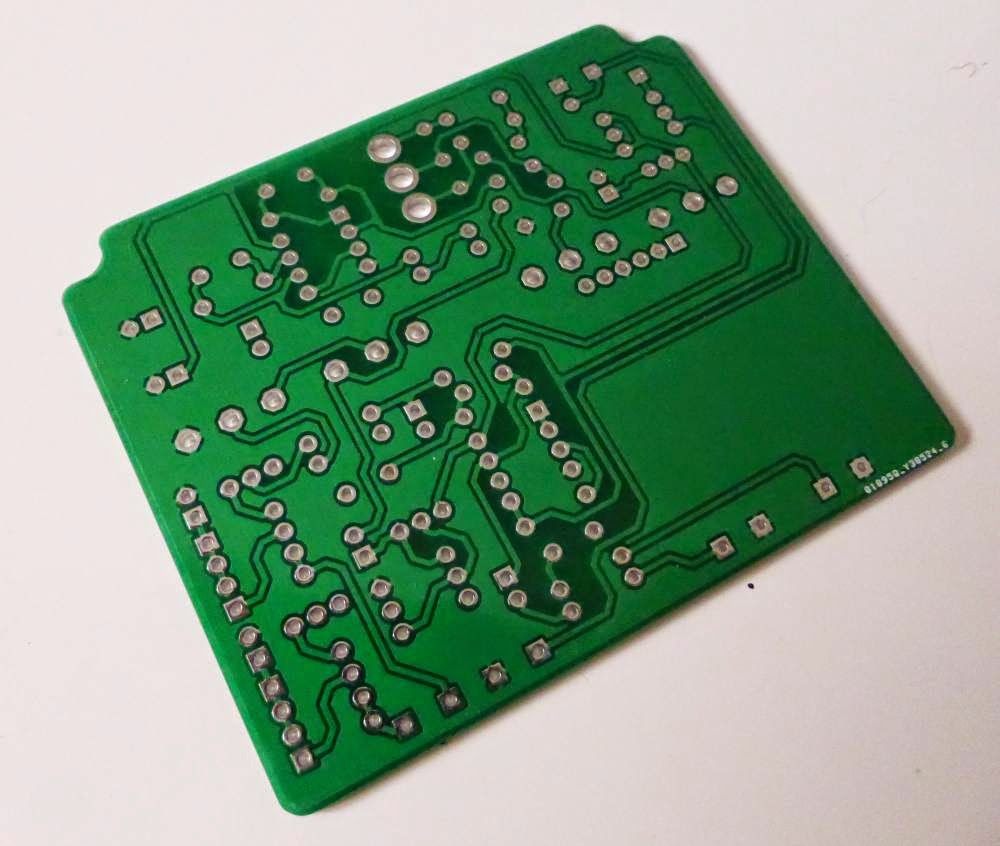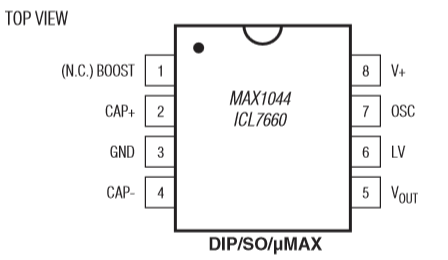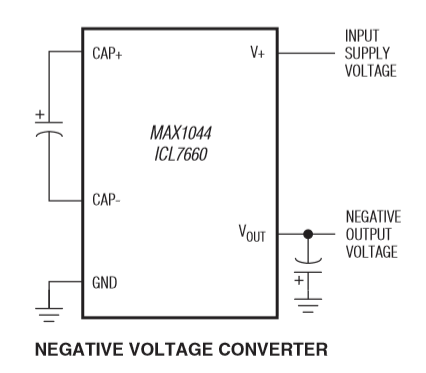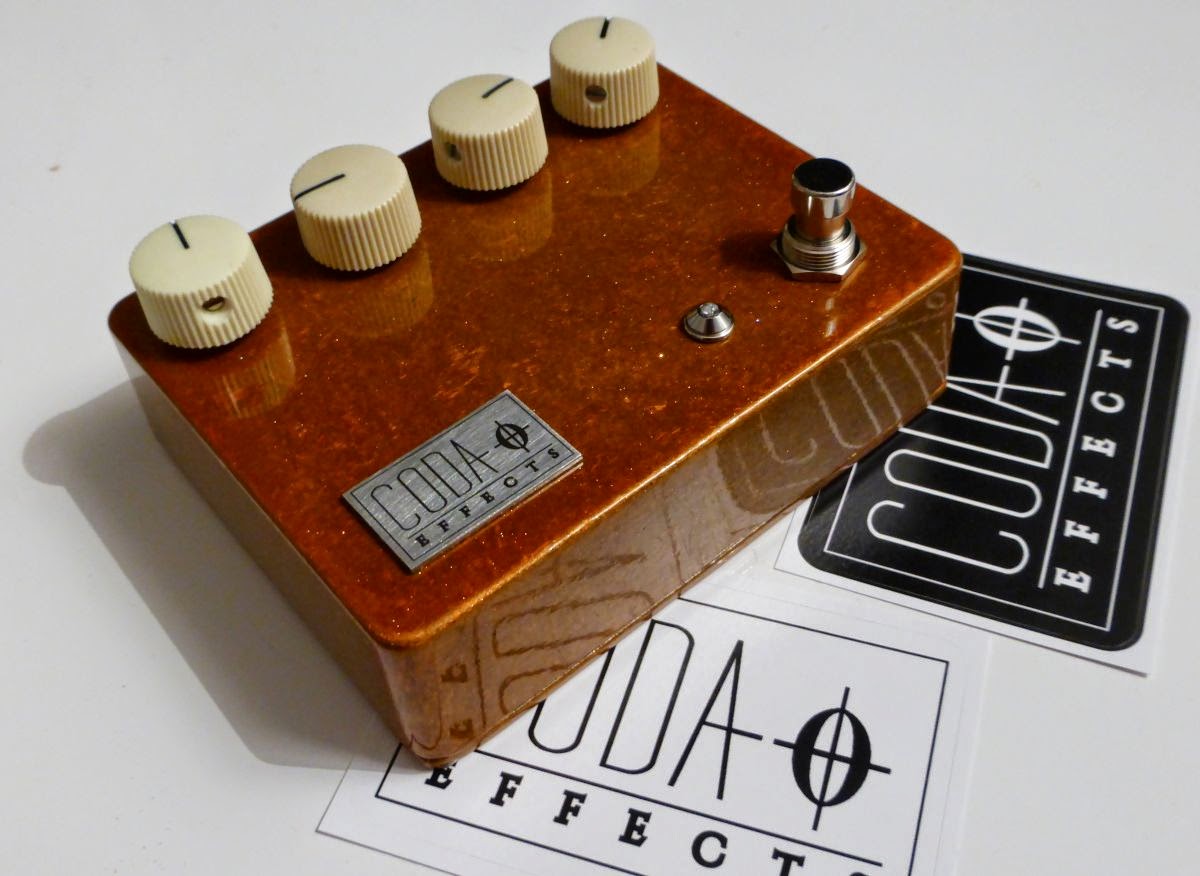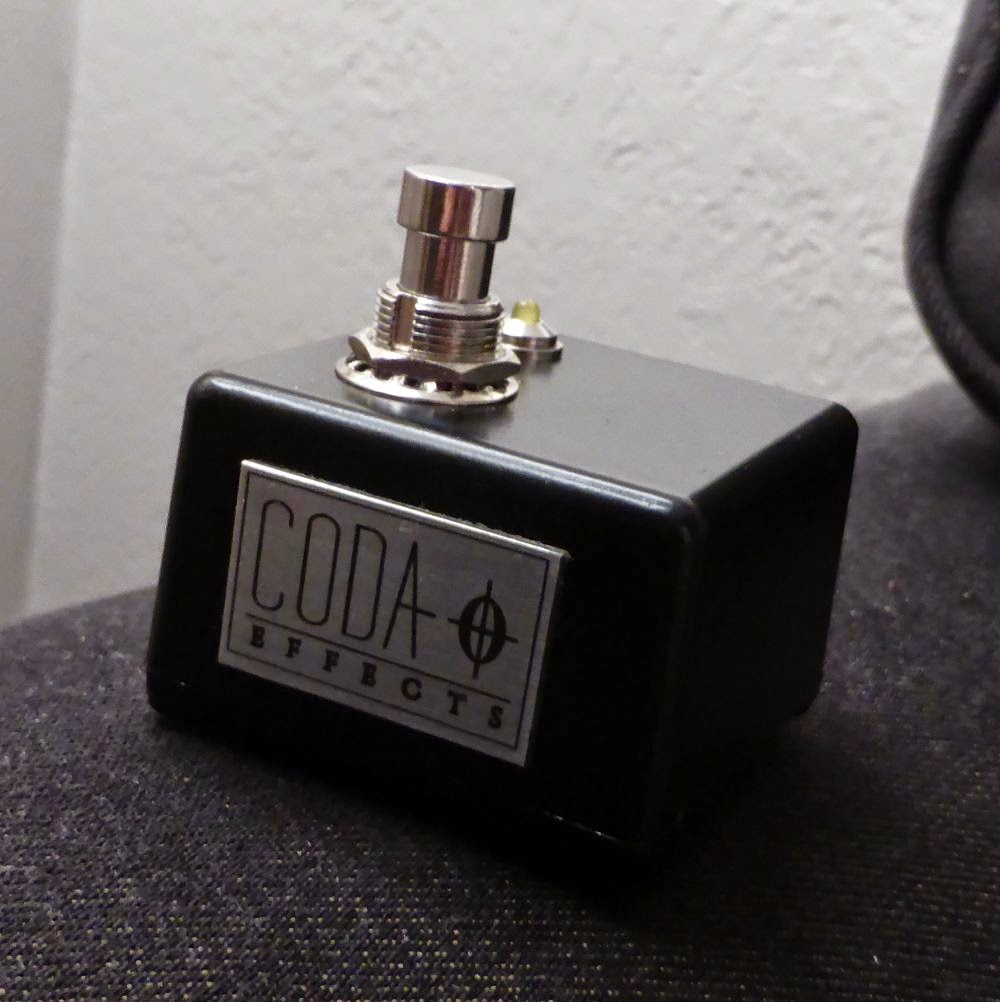This is a JHS Superbolt clone! JHS is not one of the most honest builders on the planet, and he is known for his ability to steal circuit designs from other builders. The Superbolt is no exception, and is in fact a really slightly modded Run Off Groove Supreaux.
Runoffgroove is a community creating circuits for DIY people, and making it public through Creative Common license. There are many nice circuits there, take a look! JHS did not bother with the license and just copy it and started to sell it.
The circuit is inspired by an old class A amplifier, the Supro 16T. It is a small 5W amplifier from the late 60s. It became quite famous, because like many other class A amplifier, if you push the volume really loud, the amp begins to distort in a really nice way. It was used in studio by many guitarists, especially by Jimmy Page who recorded several Led Zeppelin songs with it.
I decided to make a clone, mainly because some videos on the web of the Superbolt were really good sounding. I used a prepainted grey enclosure from Banzai Music, and the "Supro logo" was laser cut by
HPM Laser.
The pedal has 3 knobs: gain, which acts like the volume of a class A amp: the higher it is, the higher the volume and the saturation. The volume knob acts as a master volume; the tone knob add or remove bass and treble (slightly). There is a two positions switch that allow you to switch between a gainy bassy position, and a slightly less gainy with more treble position.
I also used the
laser printed logo I used before:
The build is quite simple. However, I went through many problems doing it. At first the pedal was not working at all, then only a huge buzz came out of this box... I checked everything several times and was quite despaired about it. So I let it aside on my bench for a few weeks... And finally decided to make it work! The
audio probe was really a life-saver on this build.
It is a bit messy inside, but not that much for a veroboard with 3 pots layout. At first I was planning to have space for a battery, but the input jacks were too big for that... So 9V power supply only! Adjusting the 3 trimpots was quite easy. I started with 9V on the emitter of each transistor, but this was too gainy in my opinion, so I diminished it (except for the last transistor). The pedal is thus less gainy.
Circuit analysis
Here is the schematic of the ROG Supreaux:
And here is the JHS Superbolt schematic:
You can see that it is basically the same circuit, with an added voltage doubler (top part of the circuit), and a switch adding a 120k resistor connected to the ground before Q3.
Lets divide it in several sections as usual:
You can see that
it looks a lot like an amplifier! It is really inspired by an amplifier schematic, except that tubes are replaced with JFET transistors. Which is really appropriate because JFET transistors (Junction Field Effect Transistors) use a technology that is really close to tubes, and they sound quite "tube-like" when saturating: warm, creamy overdrive compared to the aggressive gritty saturation of silicon transistors.
All the saturation of this circuit is based on the saturation of these transistors: you can see that there are no diodes in the circuit. It is different from what we are used to with
the Big Muff or
the Jan Ray (Timmy).
To sum up, it works like this: the first preamp section amplifies the signal, and will drive the second transistor. The saturated signal will be slightly modified in tone by the tone stack section, and a third transistor will set up the final volume. Like I said, it really works like an amplifier!
Let's see every part of the circuit in detail.
Power supply section
First, there is a protection against polarity inversion with a 1N4001 diode, and voltage is stabilized with two capacitors. More information about voltage stabilization and polarity protection
here.
A MAX1044 IC is then used to double the voltage, in order to have an 18 volts bus that will be provided to the JFET transistors. Having 18 volts instead of 9 gives a bit more headroom and clarity to the circuit, and this had been used in
the Supreaux Deux version of the circuit. It uses the example circuit that you can find in the datasheet:
It is a very classical layout that you will find in most pedals using a voltage doubler (Klon centaur for instance).
Preamp section 1: gain
First, there are two 1M pulldown resistors. Pulldown resistors prevent loud popping noises when you turn the effect on. There is a 22nF coupling cap that prevents any parasitic DC current from your guitar to go through the circuit.
The signal is amplified by the first transistor (Q1). You can see that the overall gain of the transistor can be adjusted with a 100k trimpot that will adjust the DC current on the drain of the transistor. That way, you can set what the maximum gain of the pedal will be. The maximum possible gain is set also by the resistor R3 (1k5).
Then,
the signal is filtered a bit by different means: a 470 pF capacitor connected to ground let high frequencies going to ground, thus eliminating a bit of high frequencies. To eliminate more high frequencies, value of this capacitor can be changed to a bigger value like 560 pF for instance. A 470K resistor connected to ground will set the bass response of the unit, and will eliminate a bit of bass. A potentiometer wired as a variable resistor will then set how much signal will go to ground. Thus, it defines how much the signal is amplified, and how much signal will drive the second transistor: it is the gain potentiometer!
Preamp section 2: tonestack
The amplified signal of the first section will then make the second transistor (Q2) saturate. The amplification of Q2 is also set by a 100k trimpot and R5 (2k7 resistor), and can be modulate to have more or less saturation.
There is a 10 nF coupling cap to eliminate parasitic DC current remaining from the 18V bus, and then the signal is modified by the tone potentiometer. It is wired as a variable resistor connected to ground, and will eliminate more or less bass frequencies. An optional switch also allows you to connect a 120k resistor to ground, which will diminish overall gain (a part of the signal will go to ground), and bass response (more bass will go to ground than high frequencies with a 120k resistor). This allows you to simulate the two High and Low inputs of the Supro amplifiers.
Again, a 470K set the maximum gain of this part of the circuit.
Amplifier: master volume section
This part of the circuit simply amplifies the final signal. The amplification is set by the 220R resistor and a trimpot (again). Residual DC current is then filtered by a 10nF capacitor.
Final volume is set by a potentiometer wired as a variable resistor connected to ground, like we have already seen in many many circuit, like
the Fuzz Face for instance. The higher the value of this resistor will be, the less signal will go to ground and the bigger the output signal will be: more volume!
Here it is!
I hope that everything is clear, do not hesitate to ask question if some stuff is still unclear by posting a comment!
Did you like this article? Like the
Coda Effects Facebook page!
To go further:
Runoffgroove
Supreaux webpage
Runoffgroove
Supreaux Deux webpage
MAX1044 datasheet.
 As usual, I use the laser engraved logo:
As usual, I use the laser engraved logo:  I had many problem with the enclosure this time, Banzai music apparently have trouble with suppliers, and after 2 months I did not have the enclosure... I finally contact them and change the color of the enclosure. They were really helpful.
I had many problem with the enclosure this time, Banzai music apparently have trouble with suppliers, and after 2 months I did not have the enclosure... I finally contact them and change the color of the enclosure. They were really helpful.






























